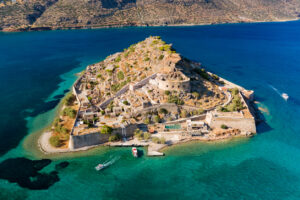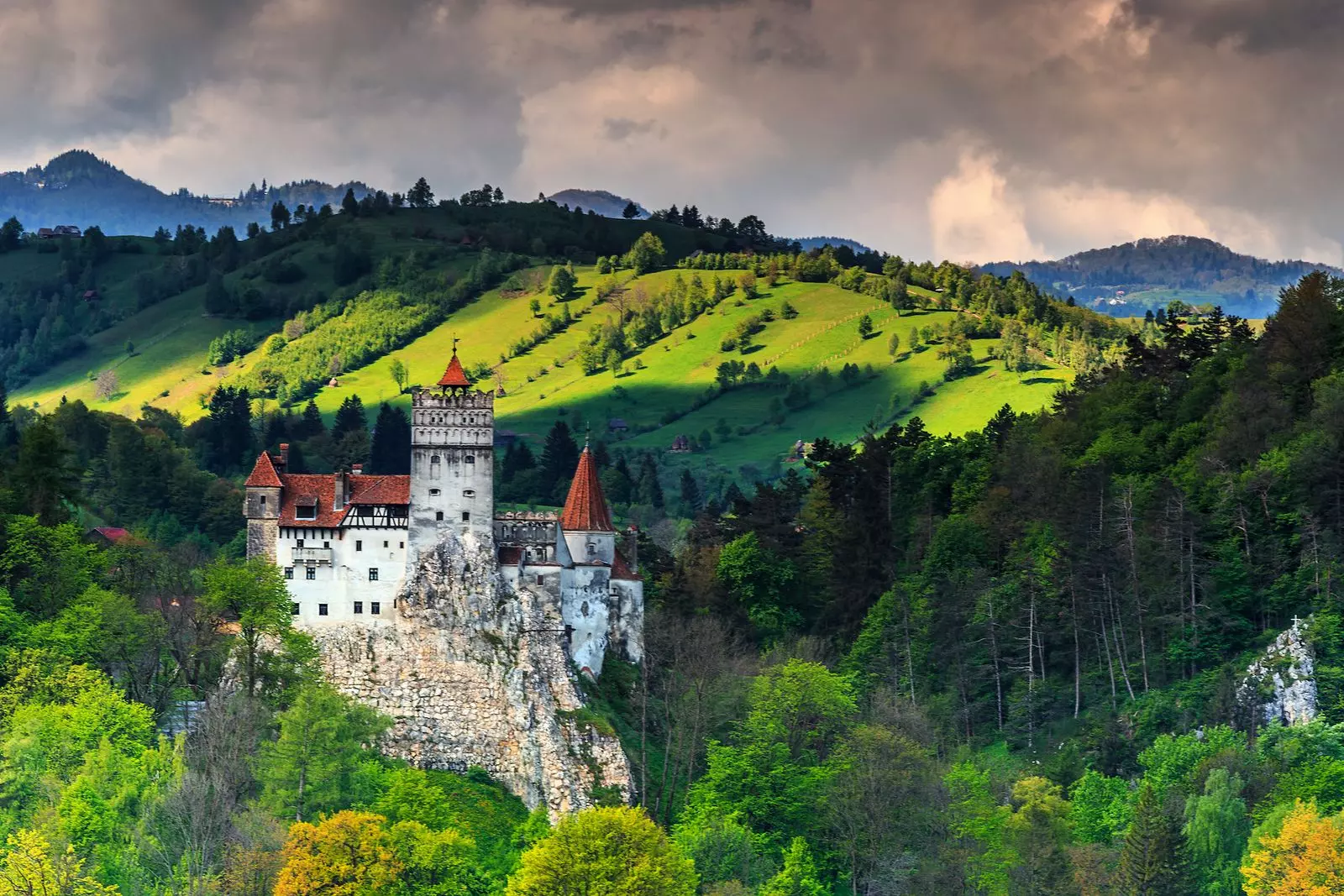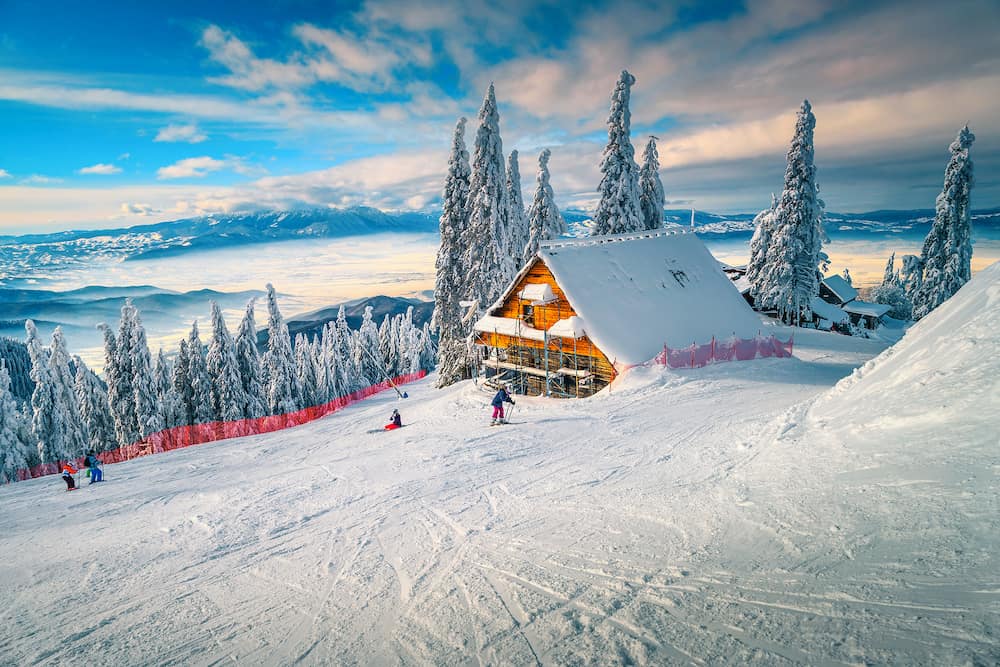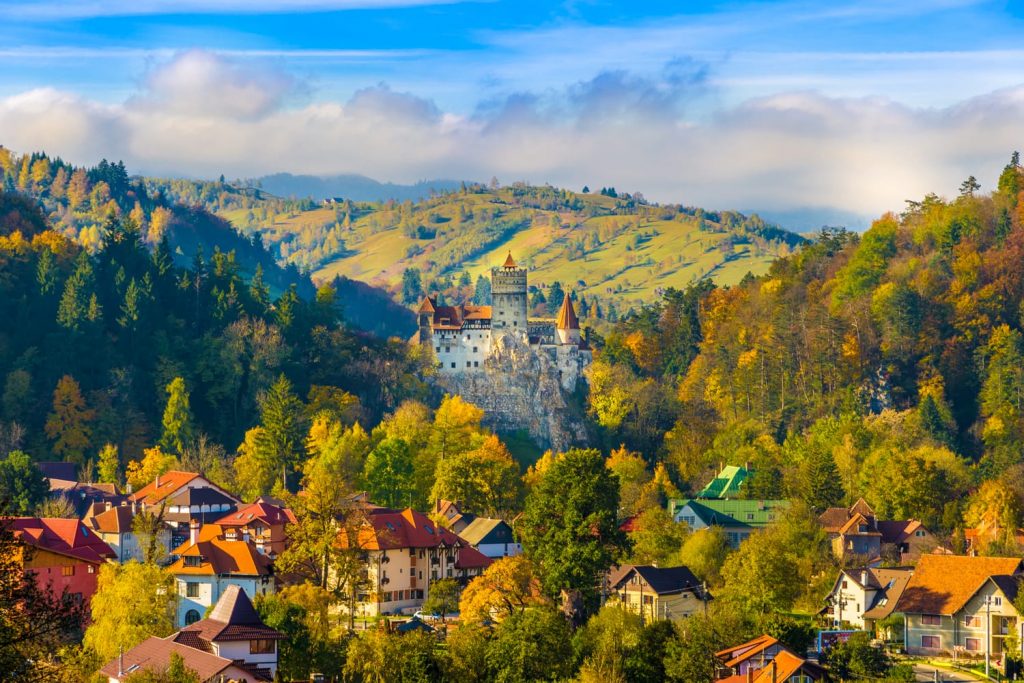

Transylvania’s forested mountainsides and time-warped cities are forever embedded in the popular imagination. Even before arriving, most visitors can picture this fairytale land of haunted castles and fog-draped mountains. The region’s mere name conjures images of haunted stories, where Count Dracula emerges at night to suck on the blood of the innocent.
The Count Dracula from Bram Stoker’s novel is inspired by Vlad the Impaler and his layer by Bran Castle. There isn’t any historical evidence to suggest the connection between Vlad and Bran Castle, but the tourists are always welcome to visit the place and discover it’s true story.
But as mythical as it seems, Transylvania is a real place. Its castles are some of the most beautiful in Europe and its cities are off the beaten path gems. Though it lies smack in the middle of Romania and offers many of the country’s top tourist attractions, travel in Transylvania is far from mainstream.
Transylvania is magical, scenic, and doused in intrigue. It is full of places to see and things to do. A place that is both etched into our imaginings, yet largely unexplored.
THINGS TO DO IN TRANSYLVANIA
Transylvania is the heart of Romania. The region is blessed with things to do—from exploring beautiful cities, to visiting Medieval castles, to adventuring out in nature. For lovers of outdoor adventure, Transylvania offers a plethora of hiking. In winter, its slopes welcome skiiers and snowboarders from around Europe.

Travelers who have limited time in Transylvania will likely want to focus on the area’s rich architectural heritage and vibrant cities. The Romanian region is home to the majority of the country’s castles, and three of the most beautiful cities in Eastern Europe.
But the most important thing you should know is that visiting Transylvania is NOT about seeing its top tourist attractions to snap some quick pictures or do a day trip from Bucharest to Brasov and Bran Castle.

The best thing to do is to experience the magic of the Romanian countryside and meet locals, see how they live, eat a home-cooked meal with produce from their households. To slow down and disconnect from the busy, technology filled and sedentary lifestyle the Covid pandemic accelerated, and to reconnect with nature!
If you want to have an authentic vacation in Transylvania, then you need min. 4-6 nights in the region. You can alternate between:
Traditional food
Transylvania’s cuisine displays dishes based on meats and vegetables and flavored with thyme, red pepper or tarragon.

Climate, Average Temperatures and Precipitation
Best time: it can be visited all year round, each season has its particularities. However, spring and summer are the perfect seasons for the most favorable climate and for observing nature in rural areas.

Period to avoid: in winter it is very cold and snowfalls are frequent and abundant, some roads and mountain passes could also be closed due to bad weather and cause inconvenience for those visiting the region.
There’s no denying that the weather plays an important role when it comes to making the most of a new destination. Having said that, you need to know that Romania has a temperate-continental climate and four different seasons: spring (March to May) is quite mild; summer (June to August) is usually hot and dry; autumn (September to November) is the rainy season; and the winter (December to February) is rather harsh with frequent snowfalls.
There is something beautiful in every period, and it is therefore difficult to indicate a single season as the best, because it depends on your travel idea. However, referring strictly to temperatures, the best time to visit Transylvania is from mid-May to mid-September.
How to dress: what to pack
In winter: very heavy clothing, to face sub-zero temperatures, hat and wool gloves, warm sweatshirts and sweaters, winter jackets and shoes with non-slip soles.
In summer: despite the temperatures can get hot, generally the heat is never excessive, light clothes are recommended without forgetting a pair of heavier sweatshirts for the evening.
In autumn and spring: mid-season dresses or classic layered clothing are fine, a jacket and a sweatshirt for colder evenings.
Due to its very local nature and Romania’s underdeveloped tourism infrastructure, visiting Transylvania can be a little challenging. But no matter what you want to do – we can help you!